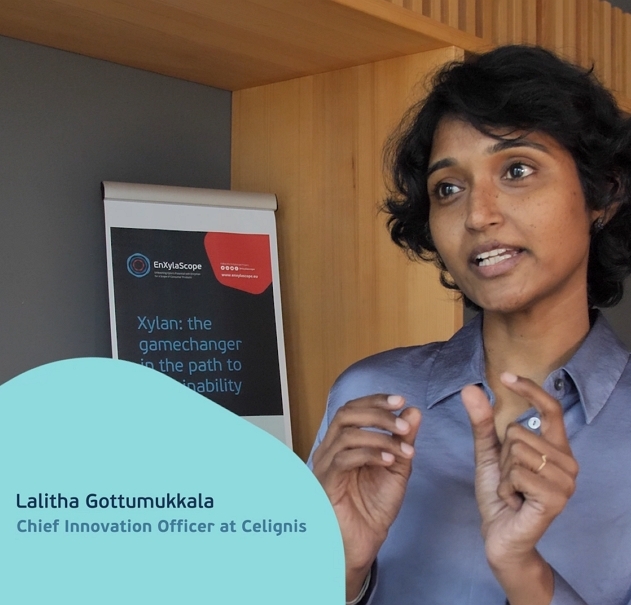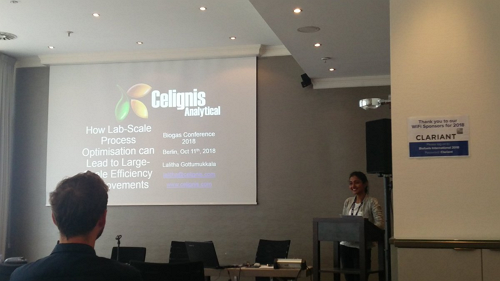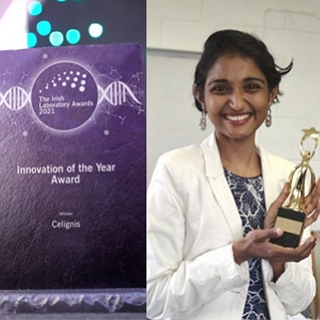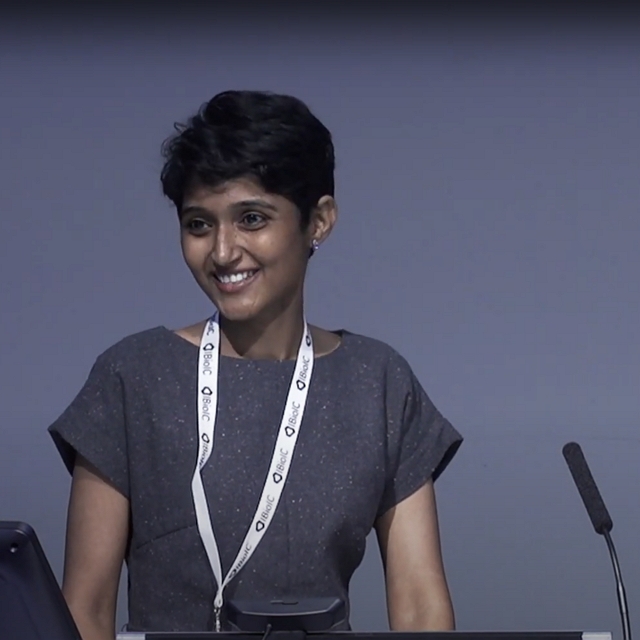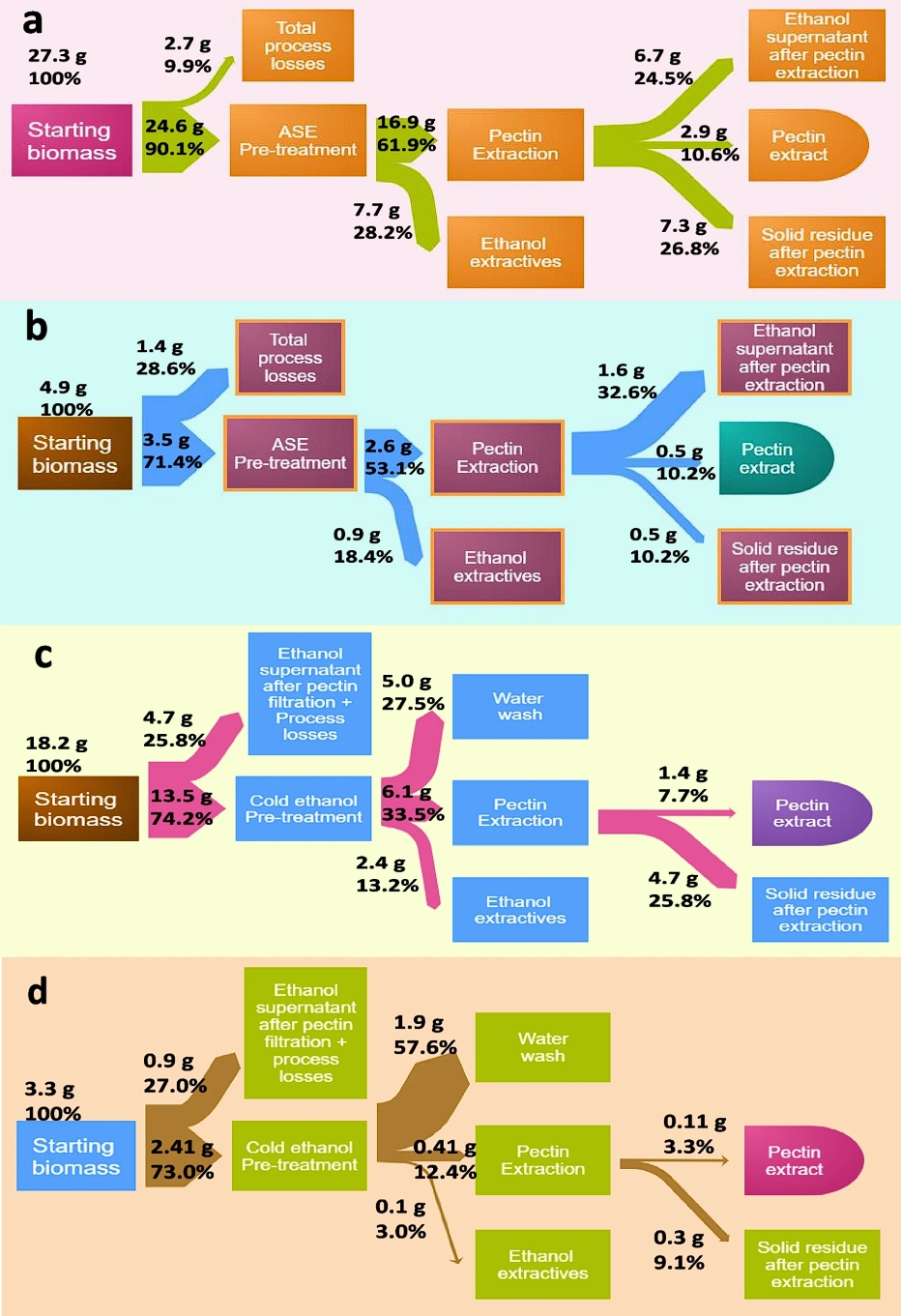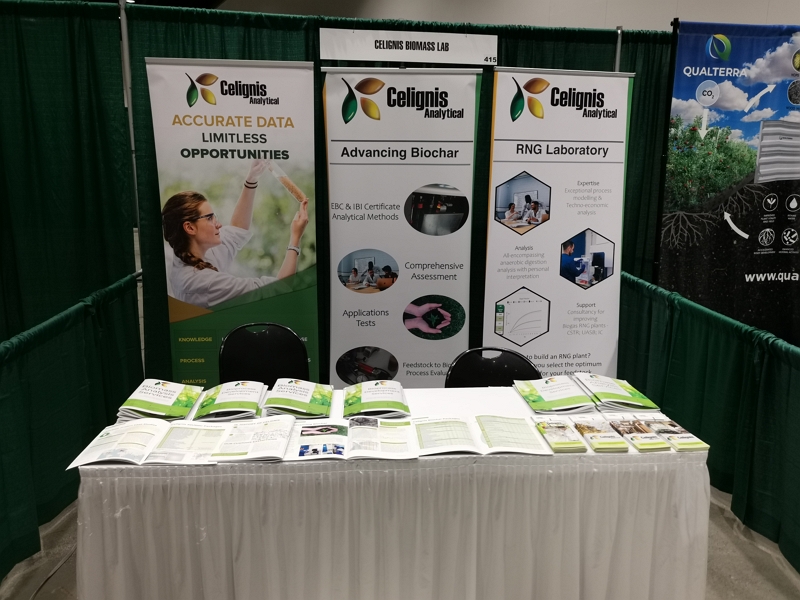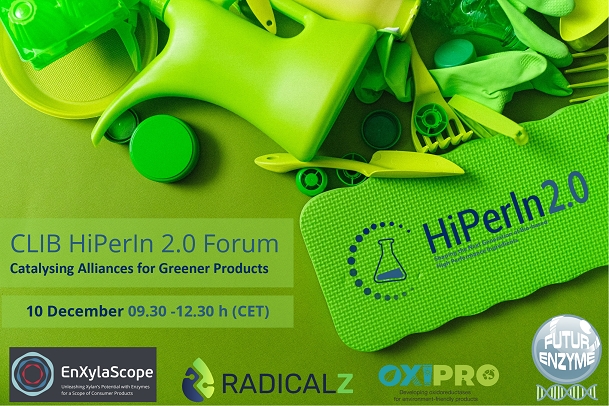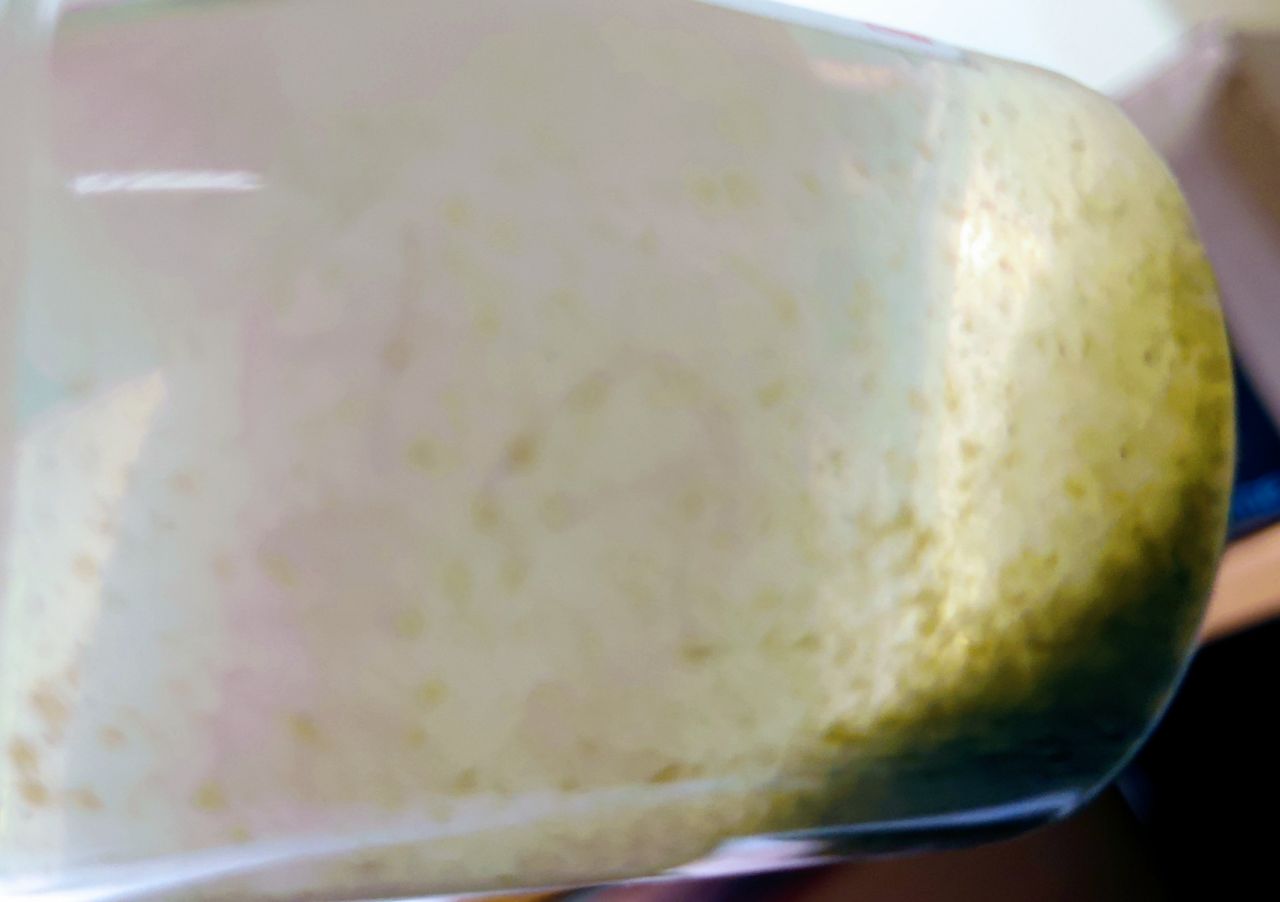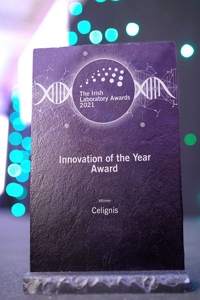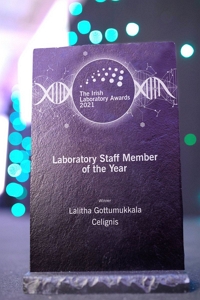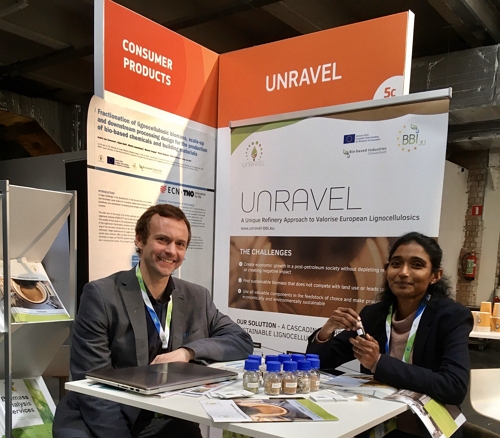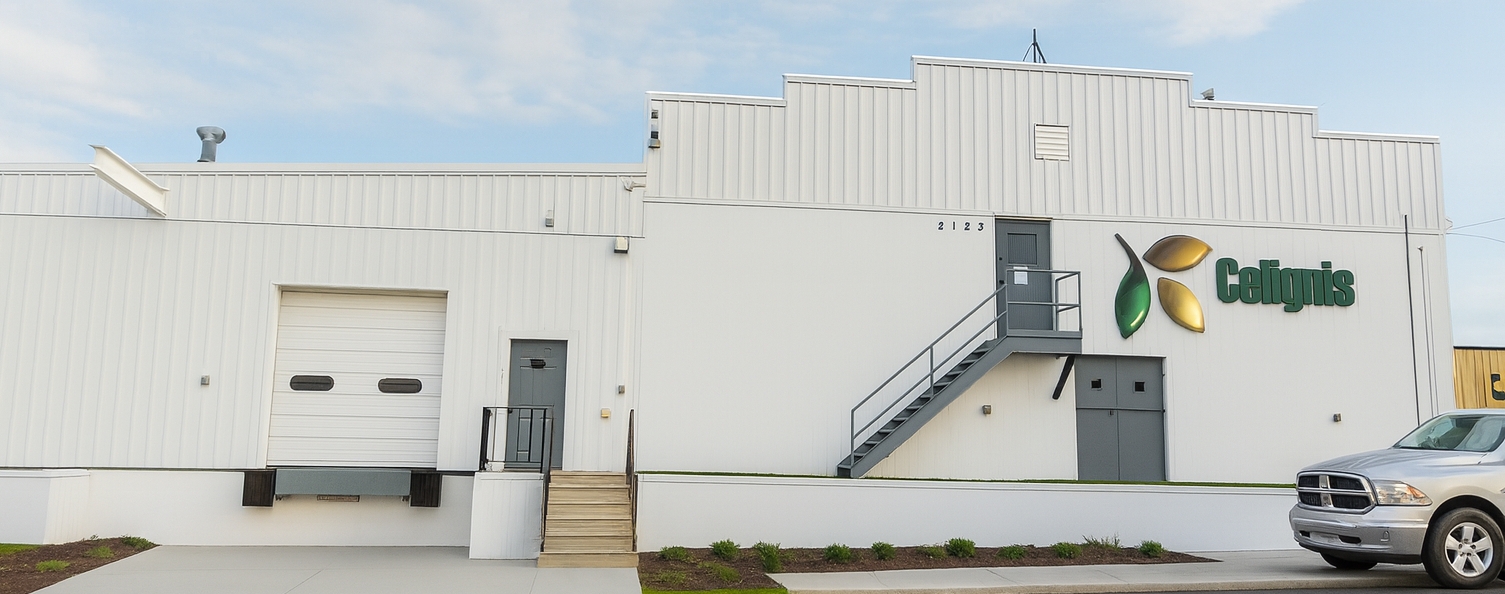We are pleased to annouce that
Lalitha's co-authored publication on the enzymatic synthesis of fructo-oligosaccharides has been released. Click
here to view it.
Title: Amberlite IRA 900 versus calcium alginate in immobilization of a novel, engineered beta-fructofuranosidase for short-chain fructooligosaccharide synthesis from sucrose
Authors: Bedzo OKK, Trollope K,
Gottumukkala LD, Coetzee G, Gorgens JF
Abstract
The immobilization of beta-fructofuranosidase for short-chain fructooligosaccharide (scFOS) synthesis holds the potential for a more efficient use of the biocatalyst. However, the choice of carrier and immobilization technique is a key to achieving that efficiency. In this study, calcium alginate (CA), Amberlite IRA 900 (AI900) and Dowex Marathon MSA (DMM) were tested as supports for immobilizing a novel engineered beta-fructofuranosidase from Aspergillus japonicus for scFOS synthesis. Several immobilization parameters were estimated to ascertain the effectiveness of the carriers in immobilizing the enzyme. The performance of the immobilized biocatalysts are compared in terms of the yield of scFOS produced and reusability. The selection of carriers and reagents was motivated by the need to ensure safety of application in the production of food-grade products. The CA and AI900 both recorded impressive immobilization yields of 82 and 62%, respectively, while the DMM recorded 47%. Enzyme immobilizations on CA, AI900 and DMM showed activity recoveries of 23, 27, and 17%, respectively. The CA, AI900 immobilized and the free enzymes recorded their highest scFOS yields of 59, 53, and 61%, respectively. The AI900 immobilized enzyme produced a consistent scFOS yield and composition for 12 batch cycles but for the CA immobilized enzyme, only 6 batch cycles gave a consistent scFOS yield. In its first record of application in scFOS production, the AI900 anion exchange resin exhibited potential as an adequate carrier for industrial application with possible savings on cost of immobilization and reduced technical difficulty.


